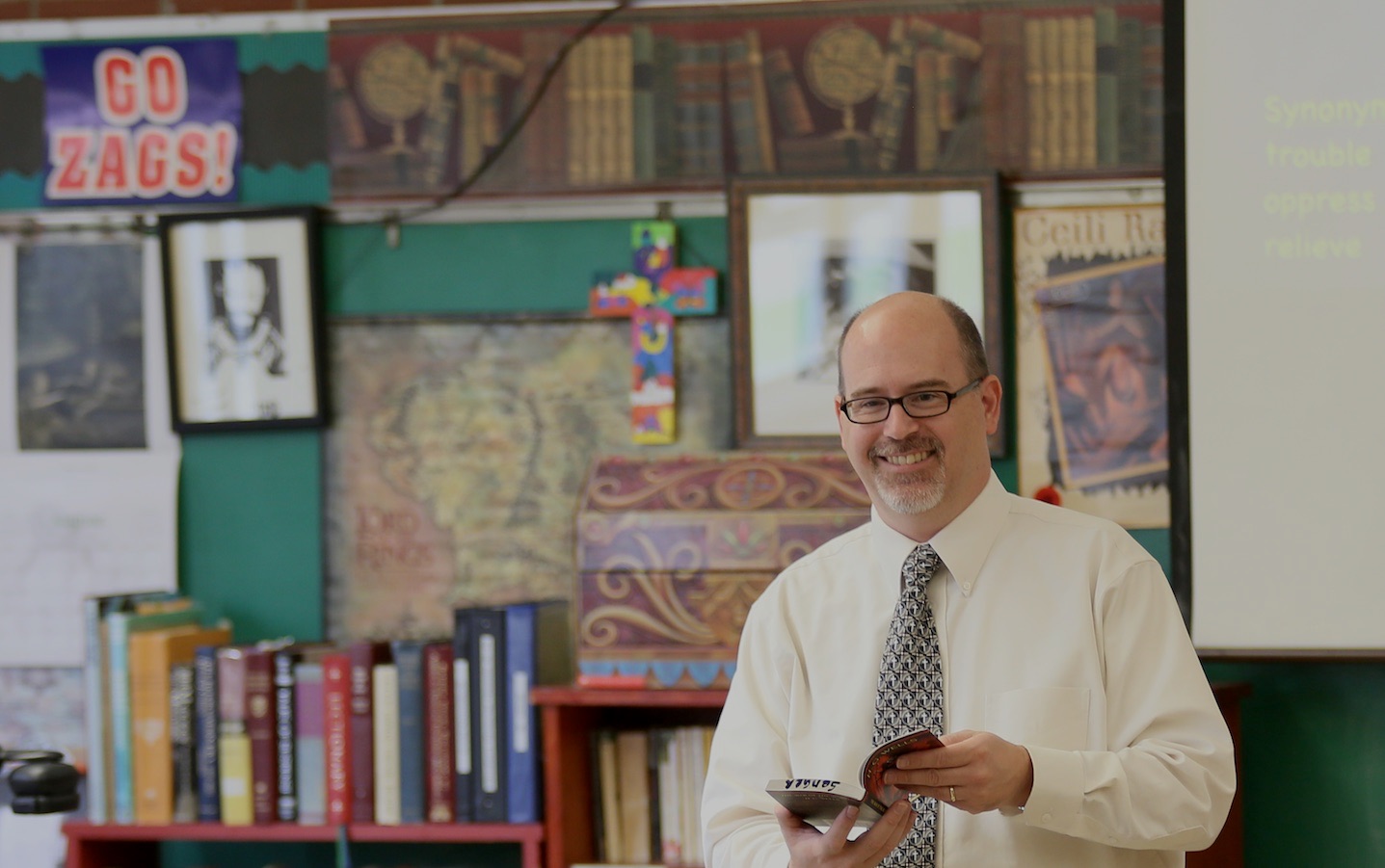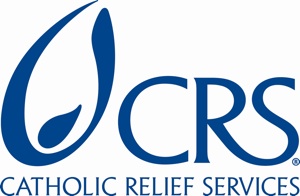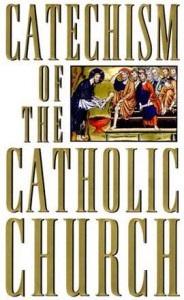So you’ve landed a job interview at a Catholic school, and you’re trying to prepare. What will they ask you? How should you respond?
I’ve interviewed dozens of applicants over the years, and one of the questions we often ask is, “Why do you want to work in a Catholic school?” Here are three responses to avoid:
- The students are more well-behaved in Catholic schools.
- Parents are more involved.
- I like small class sizes.
I have heard all three of these reasons during interviews over the last fifteen years. More than once. The problem is, they totally miss the point of the question. What’s more, they totally miss the point of Catholic education.
Here are three alternative answers to the question, “Why do you want to work in a Catholic school?”
- Jesus.

- Jesus.
- Jesus.
If Jesus is not at the core of our reasons for teaching in a Catholic school, then we have our priorities out of balance. Jesus has called us to be teachers. Jesus has given us the ability to touch hearts and minds. Jesus wants us to bring the Good News to the world. There is no more important reason than that to teach at a Catholic school.
We don’t teach in Catholic schools because it’s easier than teaching in a public school. Catholic schools are not the minor leagues of the academic world.
Catholic schools are where teachers assist parents in fulfilling their sacred mission to tell the Good News to their children. And what is the Good News? Not a what, but a Who: Jesus Christ.
Our goal as Catholic educators should be to so design our lessons, our classroom management, and our lives, that Jesus Christ stands clearly at the front of it all. He can be found in the novels we choose to teach, the writing prompts we assign, the historical events we study, the natural world we examine.
Street-corner evangelist Frank Sheed once wrote that Catholicism is the union of humanity with God through Jesus. The goal of every Catholic school teacher is to do everything in his or her power to foster that union.
 It can be difficult keeping up with all the new catechetical resources available on the web. If I go a day without checking my Twitter account, I might miss dozens of links to great web sites, blog articles or educational tools. That’s why I’ve created a Diigo group for Catholic educators. As I come across valuable resources for Catholic teachers and catechists, I’ll be saving them to this group. I invite all Catholic School Chronicle readers to join so that together we can build a set of resources to help us better reach our students. The group is moderated to keep spammers out, so head over to Diigo right away and join the Catholic Education Diigo group.
It can be difficult keeping up with all the new catechetical resources available on the web. If I go a day without checking my Twitter account, I might miss dozens of links to great web sites, blog articles or educational tools. That’s why I’ve created a Diigo group for Catholic educators. As I come across valuable resources for Catholic teachers and catechists, I’ll be saving them to this group. I invite all Catholic School Chronicle readers to join so that together we can build a set of resources to help us better reach our students. The group is moderated to keep spammers out, so head over to Diigo right away and join the Catholic Education Diigo group.




